For Hendra Tjang of Charoen Pokphand (CP) Indonesia, taking his business to U.S. soil is a no-brainer to make sure his feed is packed with the nutritional elements needed to offer the best diet to livestock.
“I am personally very impressed with how soybeans are grown in the USA. The huge crops, harvesting technologies, storages, logistics – everything from A to Z,” said Tjang.
Tjang’s role is to buy grains and soybean meal in bulk, which is supplied to 10 CP feed mills operating in Indonesia. CP Indonesia is the country’s largest producer of poultry feed, day old chicks and processed chickens. Tjang says the company consumes around 1.5 million metric tons (MT) of soybean meal, approximately 150,000 MT of soybeans, and produces around 6 million MT of poultry feed annually.
Tjang said because they use it so much in production, it’s important for soy to have a consistent profile.
“The thing that is most important to us as the end user of the materials is uniformity and/or consistency,” said Tjang.
A recent survey conducted by Northern Soy Marketing (NSM) during three of its “Understanding U.S. Soy Quality Seminars” in Vietnam and Indonesia, finds traders and nutritionists agree when it comes to quality. Crude protein levels remain an important factor, however, most buyers agree that it’s just one part of the equation and it’s important to take into consideration the form of testing done on a soybean or soybean meal.

NSM visiting the CP office in Indonesia
According to NSM poultry nutrition consultant Dr. Robert Swick, crude protein in U.S. soybean meal exports are always tested by the Dumas combustion method using the LECO instrument. Most feed mills in Indonesia are testing crude protein using the Kjeldahl method, which gives a result that is typically 1.5 percentage points lower than the Dumas method. This discrepancy often creates issues in the trade.
“The issue with the Kjeldahl method is with wet acid digestion of the sample, which if incomplete, will give a low number,” said Swick. “In the past, mercury and selenium containing catalysts were used but have been discontinued because of their toxicity and problems with disposal. The issue with the Dumas method is the cost of the equipment.”
In addition to protein levels and cost, survey respondents also place high value in essential amino acids as a top priority. Other important factors include levels of spoilage or damage, foreign material and moisture.
Other promising survey results showed that respondents would be willing to pay $5-10 more per MT for the extra digestible amino acids and energy found in U.S. soybean meal compared to Brazilian and Argentina meal. Although U.S. soybean meal, especially from soybeans grown in cooler, northern regions, tends to contain lower levels of crude protein, digestible essential amino acids and energy are actually what livestock need for growth. In fact, there is a potential advantage for lower protein soybean meal rich in these important amino acids.
“Excess crude protein results in higher water consumption, wet litter and downgrades in the carcasses from breast blisters and foot pad lesions,” Swick said, referring to poultry.
The survey results and Tjang’s experience reiterate the importance of northern-grown soy at an international level.
Indonesia has imported an average of 2.2 million MT of soybeans and about 107,000 MT of soybean meal from the U.S. from 2019-2023. NSM sees Indonesia as an opportunity for increased imports from the U.S.
These firsthand accounts and survey results align with the mission of NSM, a farmer-led board formed by the soybean checkoff boards of Nebraska, North Dakota, South Dakota, Wisconsin and Minnesota. The organization seeks to spread awareness of the consistent, high-quality value of northern-grown soybeans.


